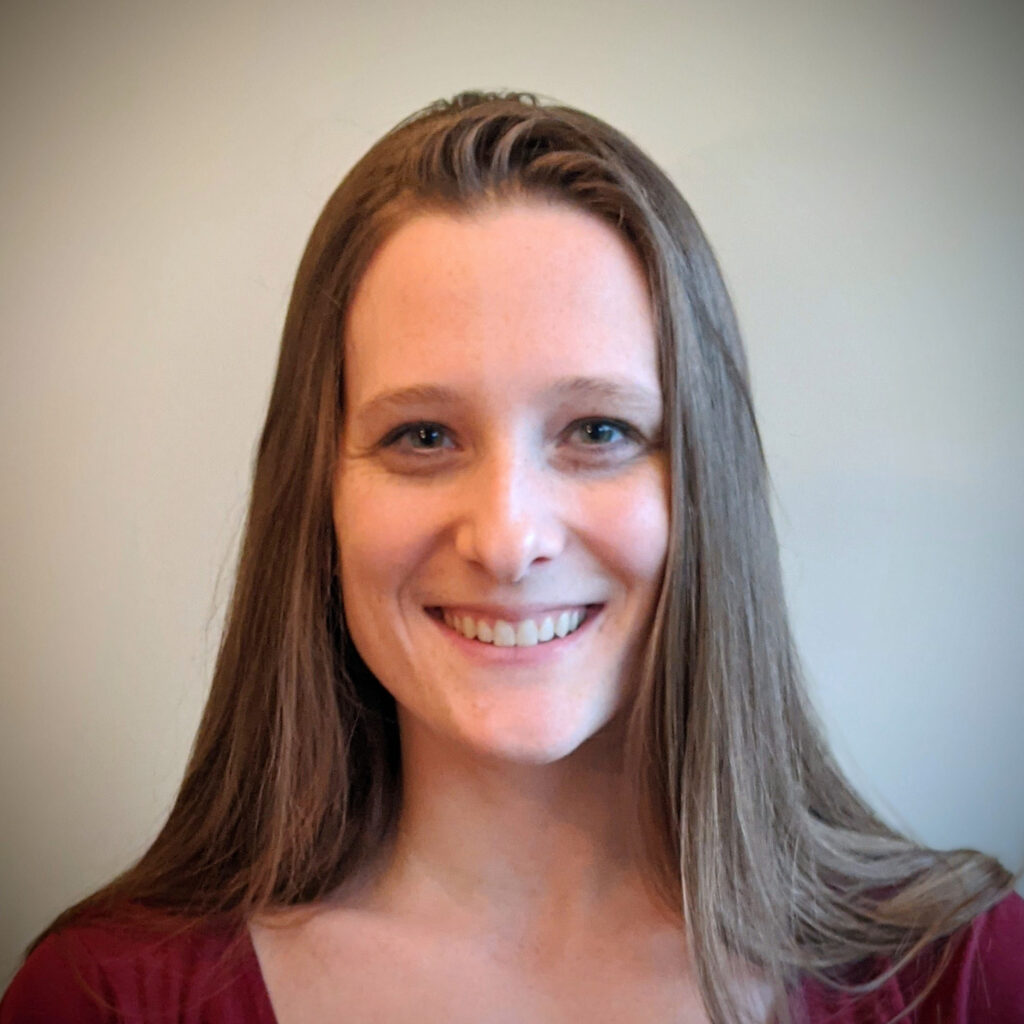We’re taking time to get to know the members of the GSA’s Early Career Scientist Committees. Join us to learn more about our 2021 early career scientist advocates.

Riley St. Clair
Communication and Outreach Subcommittee
University of British Columbia
Research Interest:
My research focuses on understanding how neurons, the fundamental units of our nervous system, migrate to their proper destinations and form connections with other cells of the body during development. These processes are crucial for a healthy and functional nervous system, which is responsible for body movements, sensations, memory, and cognitive functioning.
I received my PhD in neuroscience at the University of Vermont, and what I loved about my dissertation research was the collaboration between molecular biology and development. For my dissertation, I worked with Dr. Bryan Ballif and Dr. Alicia Ebert to study protein interactions and protein modifications that are critical to nervous system development. I studied cellular signaling pathways that are crucial for neurons to travel long distances through the developing body. Specifically, I investigated protein phosphorylation in Semaphorin-Plexin signaling, an essential pathway to neuronal migration, and the role this phosphorylation plays in vertebrate development, using zebrafish as a model. Once neurons migrate to their proper destination, they must form proper connections, termed synapses, with the rest of the body.
Now, as a postdoctoral fellow at the University of British Columbia, I use genetics techniques and microscopy in C. elegans to study how synapses are formed. Specifically, I study the cellular events that are required for synapse formation, using the C. elegans neuromuscular junction as a model. I am currently investigating the mechanisms of a protein that has a novel role in synapse formation. As synapses are crucial connections that allow neurons to communicate with the rest of the body, many neurological and psychiatric disorders can arise when these connections do not form correctly. Thus, by gaining a better understanding of how synapses are formed during development, we can help pave the way towards treating these diseases.
As a PhD-trained scientist, you have many career options. What interests you the most?
During graduate school, I discovered my passion for teaching and am most interested in a career in academia. As a graduate student, I taught an introductory neuroscience laboratory course, which was many students’ first exposure to neuroscience. I loved seeing students find what interested them about the broad field of neuroscience, whether it was diving inside the inner workings of neurons, studying the brain at a systems level, or conducting clinical neurological exams. I especially loved watching my students develop critical thinking skills and discover the brain through the scientific process. My experiences teaching and working with undergraduates has been a source of fulfillment. One day, I hope to work at a primarily undergraduate institution, where I would have the opportunity to teach and mentor students in biology and neuroscience research projects.
In addition to your research, how do you want to advance the scientific enterprise?
In addition to research, I am also passionate about community engagement. I hope to advance the scientific enterprise by sparking a love for science in middle school and high school students while helping to make education and research accessible for everyone. I have volunteered with K-12 outreach programs such as LabGirls, Women Can Do, and Girls’ Science Discovery Day. These programs actively recruit girls into STEM by increasing their exposure to these fields and raise awareness about gender bias. Having the next generation see that female scientists are leading science events can help challenge societal norms and is one way of inspiring change and empowering girls to follow their dreams, no matter the obstacles.
As a leader within the Genetics Society of America, what do you hope to accomplish?
As part of the Communication and Outreach Subcommittee, I want to bridge the communication gap between researchers and the public. Through written articles and blog posts, we aim to share scientific advances with the public, increase awareness of issues, and highlight professional development resources to trainees. I am also part of an equity, diversity, and inclusion subcommittee, where we aim to highlight and address systemic barriers in academics and research.
Previous leadership experience
- Vice President Communications, Postdoctoral Association, University of British Columbia
- Mentor, Women in Science Undergraduate Club, University of British Columbia
- Founder, BRAIN Science Outreach Program, University of Vermont































